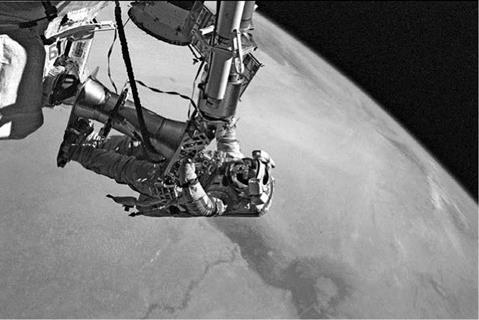Japan
Japan’s National Aeronautical Laboratory was established in 1955, gaining a new Aerospace Division and changing its name to the National Aerospace Laboratory (NAL) in 1963. The Institute of Space and Aeronautical Science (ISAS) was also established in 1955, within the University of Tokyo. This led to co-operation between a number of Japanese universities on aerospace projects, including Japan’s infant space programme. In 1984 the ISAS name was changed to the Institute of Space Aeronautical Science. Also, the National Space Development Agency of Japan (NASDA) was formed in 1969 and assumed overall responsibility for the national space programme, including development of launch vehicles, payloads, and a launch, tracking, and support infrastructure. Finally, on October 1, 2003, these three organisations were merged to form the Japan Aerospace and Exploration Agency (JAXA). Japan has maintained an autonomous space programme, developing a series of sounding rockets and space launch vehicles since the mid-1960s. In the intervening decades it has developed a series of launch vehicles, initially of American designs under licence, but then of its own design, the latest of which is the general-purpose H-IIB, and it has also built a wide variety of satellites and deep-space probes. Despite plans for development of the HOPE mini-Shuttle, which was the victim of budgetary constraints, the Japanese have never developed their own crewed spacecraft, preferring to co-operate with the Americans from the earliest years of Space Station Freedom. From the outset Japan announced that it would develop a laboratory module for ISS, which would be launched and installed on the station by American Shuttle crews. In 2007, Japan maintains an astronaut group of six men and two women. The first Japanese astronaut flew on the Shuttle in September 1992. Since then four other Japanese astronauts have made Shuttle flights. Two more have been assigned to Shuttle flights relating to the launch and installation of the various sections of the Kibo laboratory module to ISS, and the first Japanese Expedition crew member has been named. Koichi Wakata would fly as part of the Expedition-18 crew.
Kibo would require three separate Shuttle launches before all of its separate parts were installed in ISS. STS-123 would launch the Experiment Module and place it in a temporary location on the exterior of ISS; STS-124 would deliver the Kibo laboratory module and install it on Harmony. After the Shuttle’s departure the experiment module would be positioned on Kibo’s zenith. Finally, STS-127 would deliver the Exposed Facility. All of the Kibo elements were at Cape Canaveral, Florida, awaiting launch when this was written in mid-2007. Kibo arrived at the Space Station Processing Facility in May 2003 and was joined by the Exposed Facility in March 2007. Despite being the smallest module in the Original Space Station Freedom design, the dimensions of Kibo have not changed, while the size of the American and European modules has been decreased. Kibo is now the largest of the three laboratory modules in the American sector of ISS.
In the first instance Kibo would house three major experiments:
• Monitor of All-sky X-ray Image (MAXI)
• Superconducting Sub-Millimeter-wave-limb Emission Sounder (SMILES)
|
Figure 9. Russian stage extravehicular activities were completed from the Pirs Docking Module by astronauts wearing Russian Orlan-M pressure suits. |











